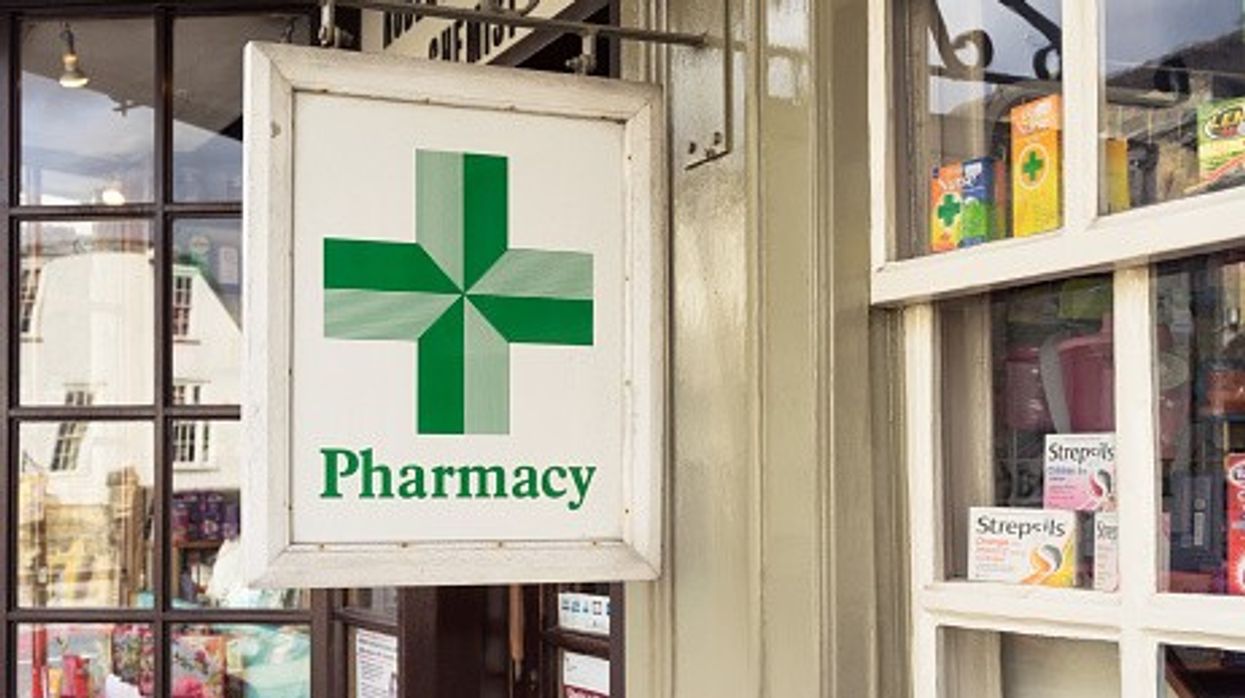Saheed Rashid outlines how pharmacy teams play a crucial role in signposting the help and support available for men who may be concerned about their prostate health...
As the most common cancer among men in the United Kingdom, prostate cancer affects nearly 50,000 men a year. Combined with the challenges faced across healthcare during the Covid-19 pandemic, a recent analysis of NHS England data shows that there has been a 16 per cent drop in urgent cancer referrals between March 2020 and January 2021, compared to the same period the year before.
The pandemic has resulted in delays to life-saving treatment as patients ignore symptoms or have concerns about entering a hospital, but it is more urgent than ever that men are encouraged to get themselves checked. Any set-backs in prostate cancer diagnosis and treatment can reduce the patient pathways available, in turn, affecting health outcomes and quality of life.
Pharmacy teams play a crucial role in signposting the help and support available for men who may be concerned about their health. To do this, it is vital that pharmacists and their teams understand and have access to the basic information they need to be aware of in order to correctly direct men to seek prostate cancer guidance. By maximising the trusted relationship between patients and their pharmacists, more can be done to spot the early warning signs, potentially saving men from unfortunate outcomes by getting an earlier diagnosis, explains.
Symptoms
Prostate cancer mainly affects men over 50, with the most common age for men to be diagnosed being between 65 and 69 years. People of African- Carribean family origin are at higher risk of prostate cancer (lifetime risk of approximately 1 in 4,) and/or if there has been a family history of the disease through a man’s father or brother.
A man’s risk of developing the condition can also be increased through weight and diet, as recent research suggests there may be a link between obesity and/or diet and prostate cancer, but by having a balanced diet and regularly exercising may help to lower a person’s risk. Recent studies have found that pharmacists play a key role in improving levels of physical activity and diet of men, particularly those with prostate cancer.
Symptoms vary between each individual, and often, men may not show any warning signs of prostate cancer, especially during the early stages. However, some common symptoms of prostate cancer include:
- Passing urine more frequently
- Difficulty passing urine-this includes a weaker flow, difficulty in starting to pee and/or straining when starting to empty your bladder
- An urgency to urinate
- The feeling that your bladder has not emptied fully
- Blood in your urine or semen
These particular symptoms may not necessarily mean that a man has prostate cancer, as prostate enlargement causes a number of these signs as men get older, or they can also be caused as a response to medications or a prostate infection. But by having this knowledge and pharmacy teams being aware of the above symptoms and identifying the men most at risk, pharmacists can help to redirect individuals to their GP to double check any concerns they have about their health and get tested.
Diagnosis process
There is currently no single, definitive test for prostate cancer. Although once a man does go to his GP to raise any health concerns, they will typically ask for a urine sample, examine your prostate (digital rectal examination) and/or take a blood sample to test their level of prostate-specific antigen (PSA test).
The prostate specific antigen test is free to any well man who is aged 50+ and requests it from his local doctor. It is a quick and simple blood test to help detect cancer by measuring the level of antigen in the blood. The higher the PSA level is, the more likely a prostate problem is present. The test can find aggressive prostate cancer that needs treatment, but it can also find slow-growing cancer that may never cause symptoms or shorten life.
If the PSA test is abnormal, the man will typically be referred to the hospital for an MRI scan of the prostate, and if a problem is presented, it can then be targeted later with a biopsy. Pharmacists can support patients in educating them as to what the PSA test is and when it becomes available and relevant to them. Combined with the above knowledge of the signs and symptoms of prostate cancer, they can also advise patients to seek further investigation from their GP, if necessary. It can also be helpful to encourage patients to establish a baseline PSA which will help to monitor variation over time, spotting any fluctuation in levels.
Treatment pathways
Once cancer is suspected, its presence, size and spread will be confirmed with further tests, including an MRI scan, transrectal ultrasound and biopsies (a transperineal or transrectal biopsy). These are crucial to find out where within the prostate the cancer cells are located and / or whether it has spread to other parts of the body. An early diagnosis is key in order to explore more treatment pathways and improve lifestyle outcomes in the future. Even more importantly, survival rates tend to be much higher if the disease is caught earlier and hasn’t spread further than the prostate.
As pharmacists understand, patient choice is vital-and that demands accurate and informed discussion about the benefits and drawbacks of every treatment. It’s important that patients are aware of all of the available pathways they have, as well as any potential side effects, rather than opting for the first discussed treatment. The first consultation must be open and honest, outlining the various options - not just surgery to remove the prostate. It’s also just as important for pharmacists to be aware of the treatment options and side effects, as they play an active role in communication with the patient after treatment, such as incontinence and hormone therapy to administer the right advice or medication.
Taking action over potential symptoms is therefore the vital first step in the prostate cancer pathway, and pharmacists play a key role in this in becoming a health educator. It is therefore crucial to ensure that pharmacists are educated and enable their involvement in bettering the prostate cancer pathway for all men, assisting in the prevention and management of symptoms, and then side effects of treatments later down the line.
Saheed Rashid is managing director of BXTAccelyon.











